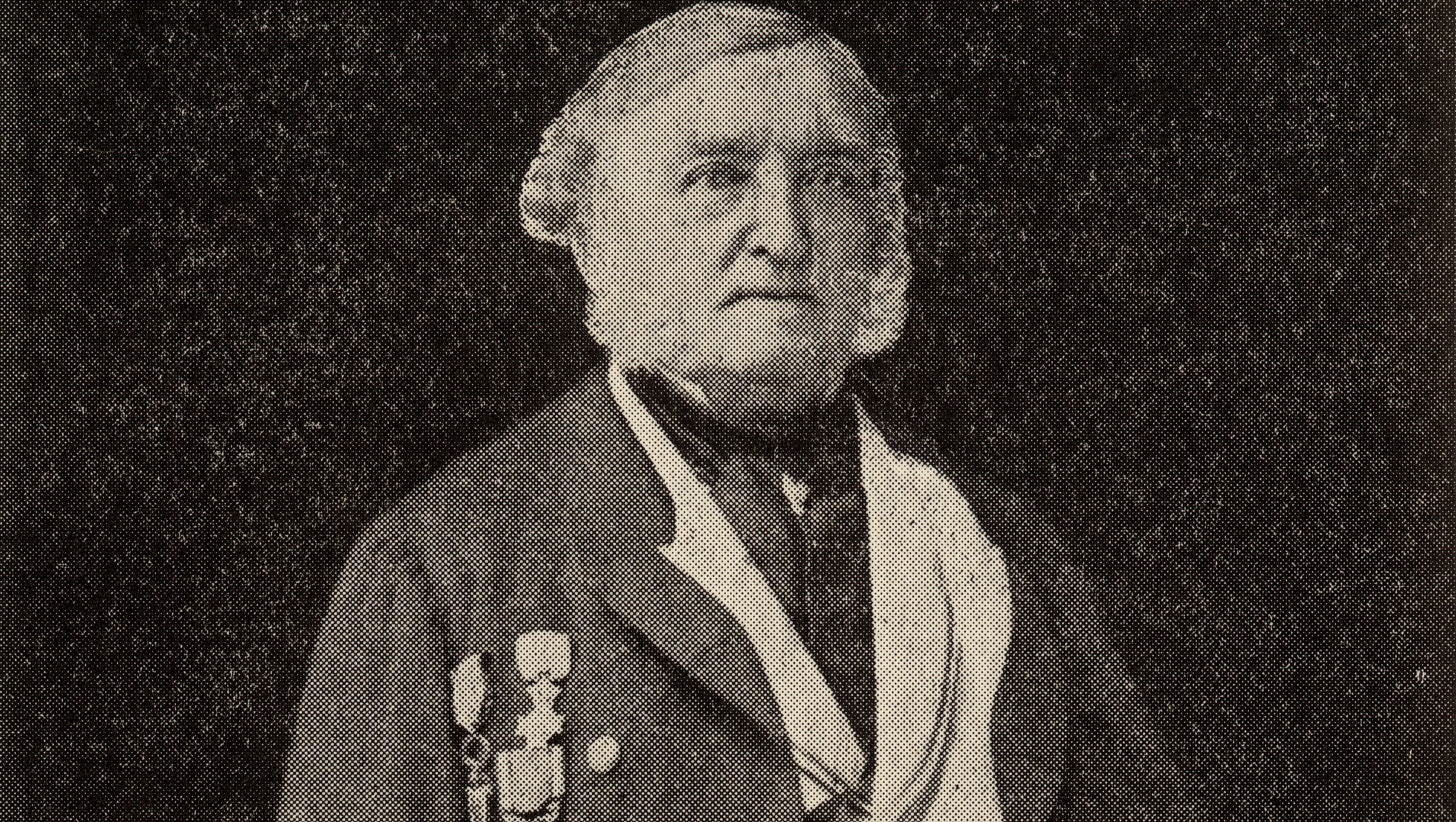
CAPT. GEORGE PEACOCK'S GRAVE RESTORATION STARCROSS EXETER
Donation protected
My name is Neil Cookson and, along with my cousin Chris Barton, I am raising money for the restoration of a Victorian family grave.


Captain George Peacock, our Great Great Grandfather, was born in 1805. George left school at 13 to go to sea. Despite his limited education he went on to live a most extraordinary life.
George and his wife Jane had four children, one daughter and three sons. The inscriptions on the tomb commemorate George and his wife and three sons - all of whom predeceased him.
The eldest son, also called George, died young aged just 24, a second son died in infancy and the third (a sailor like his father and grandfather before him ) was lost at sea.
The apparently 'broken' column on the tomb has not been damaged over the years but is in fact Victorian symbolism for a life cut short; no doubt chosen by George in memory of his three sons.
In addition there is a more recent plaque in memory of our late Uncle Christopher who was killed in action off the Dutch coast in November 1944. Only 22 when he died, Christopher was buried at sea.

This is a brief summary of George’s life and there are some links at the end of the page if you would like to know more about him.
After school George taught himself several European languages, undertook an engineering apprenticeship, and developed one of the first screw propellers for small boats - all while still in his teens.
By his early 30s he had gained his Master Mariner’s Ticket and enlisted in the Royal Navy where he later undertook important survey work around the world.

Captain George Peacock as a young Naval Officer
Charts that he had drawn up decades earlier were subsequently used to establish the routes of both the Corinth and Panama Canals. Made a Fellow of The Royal Geographical Society in 1853 he was also rewarded for his efforts by King George of Greece who, in 1882, presented him with The Royal Order of The Redeemer.

George in later life with his medals.
During his time in the Navy he continued to invent and patent various new technologies including a method of extracting fresh water from salt and a new way of salvaging wrecks at sea.
On resigning from the Navy in 1840 he took up the position of Senior Commander with the newly formed Pacific Steam Navigation Company (PSNC) becoming the first person to take a steamship through the Straits of Magellan.
In the late 1840s George developed a specialist paint that, when applied to the hull of a ship, would prevent fouling by barnacles and the development of rust. He then obtained a contract to supply this paint to the Royal Navy and set up a manufacturing plant in Southampton. Peacock and Buchan would go on to export this innovative product around the world and its production continued into the 1960s.
By 1848 George had left the PSNC line to take up the position of Dock Superintendent in Southampton where he spent the next decade overseeing a massive expansion of the dock system. While in this role he continued to develop many of his ideas, including one for a new type of conical shaped marker buoy for use in the Solent. This new design proved to be a great success and was widely taken up.
After 'retiring' to Starcross, George wrote numerous pamphlets mostly with a maritime theme, and continued to come up with many ingenious inventions. One such was The Swan of The Exe, a wooden yacht designed to accommodate 16 dinner guests on river trips along the Exe.


The Swan and Cygnet moored off Starcross
Completed in 1860 the Swan survived for almost a century before being destroyed in a fire. Fortunately her tender, The Cygnet, was rescued and remains on permanent display across the river from Starcross in the Topsham Museum.

Last year marked the 140th anniversary of George’s death and, in an otherwise pretty and well maintained churchyard, it is a great shame that one of the most dominant tombs is in such a poor state of repair.
We have obtained permission from the Church authorities to have the necessary work done and found a suitably qualified stone mason.
Each piece of polished red granite will be carefully taken down and cleaned. The core of the monument will then be stabilised before the granite is replaced and secured. The brass lettering will also be cleaned and, funds permitting, missing letters replaced.
This project enjoys local support and we believe that the restoration will enhance the appeal of the churchyard at St Paul’s Starcross.
Chris and I are very grateful for any contribution you are able to make and thank you for your help in taking this restoration project forward.
If thinking of making a donation please be aware that GoFundMe have set the minimum figure at £5. Also, by default there is an optional ‘Tip’ box on the donation page -this tip amount can however be easily reduced or removed as desired.
Organizer and beneficiary
Neil Cookson
Organizer
Chris Barton
Beneficiary